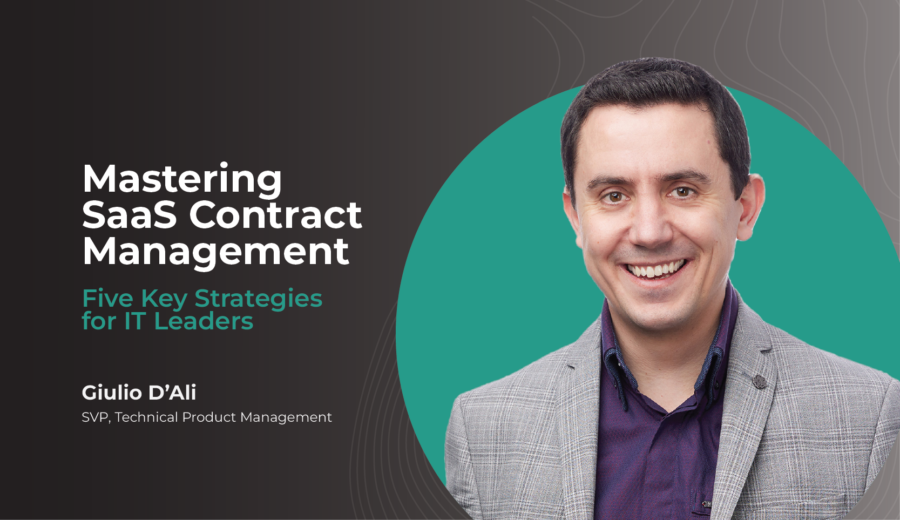The incorporation of Software as a Service (SaaS) has brought about a revolutionary transformation in the operational and technology management landscape for businesses. This surge in SaaS adoption has introduced a number of challenges, particularly around understanding how to manage SaaS spend and maximize the return on investment.
Risks Associated with Isolated SaaS Purchases
A common pitfall of SaaS adoption is the isolated purchase of applications without a comprehensive strategy. Many organizations fall into the trap of acquiring SaaS solutions on an ad-hoc basis to address immediate needs. While this approach may seem expedient, it often leads to a fragmented SaaS landscape with several contracts for the same tools across multiple departments. This often results in the underutilization of resources and wasted SaaS spend.
According to industry research, approximately 25% of SaaS expenditures go underutilized, contributing to a significant waste of financial resources. This underutilization stems from a lack of visibility and control over the entire SaaS application portfolio, making it challenging for IT professionals and Chief Technology Officers (CTOs) to gauge the actual value derived from their investments.
Maximizing SaaS ROI: Leveraging Software Asset Management (SAM)
To address the challenges posed by isolated SaaS purchases and underutilization, organizations must adopt a proactive approach to Software Asset Management (SAM). SAM involves the systematic management, control, and protection of software assets within an organization. By implementing SAM practices, IT professionals can gain a holistic view of their SaaS application portfolio, enabling them to optimize usage, enhance efficiency, and reduce SaaS spend.
Discovering SaaS Expenses: The first step in maximizing SaaS ROI is to gain a comprehensive understanding of your organization’s SaaS expenses. Conduct a thorough audit to identify all deployed SaaS applications and evaluate their usage patterns. This discovery process helps in creating a baseline for future optimization efforts.
SaaS Optimization: Once you’ve discovered your SaaS expenses, the next step is optimization. Assess the usage and relevance of each SaaS application in your portfolio. Identify redundant or underutilized applications and consider consolidating or eliminating them. Additionally, explore opportunities for negotiating with vendors to optimize licensing costs.
SaaS License Management: SAM practices also play a crucial role in cost management. By centralizing control over SaaS subscriptions and licenses, organizations can negotiate better deals with vendors, track spending more efficiently, and avoid unnecessary costs associated with over-licensing or duplicate subscriptions.
SaaS Spend Management: SAM provides a structured framework for ongoing SaaS spend management. Regularly review and update your SaaS application portfolio based on changing business needs. This proactive approach ensures that your organization is continually aligning its SaaS investments with strategic objectives and getting the most value from your software assets.
Stop wasting your SaaS expenditure
The risks associated with ineffectively managed SaaS are significant, but with a strategic focus on software asset management, organizations can maximize their SaaS ROI. By discovering SaaS expenses, optimizing usage, and implementing robust SaaS spend management practices, IT professionals and CTOs can ensure that every dollar spent on software assets contributes to the overall success and efficiency of their organization.



